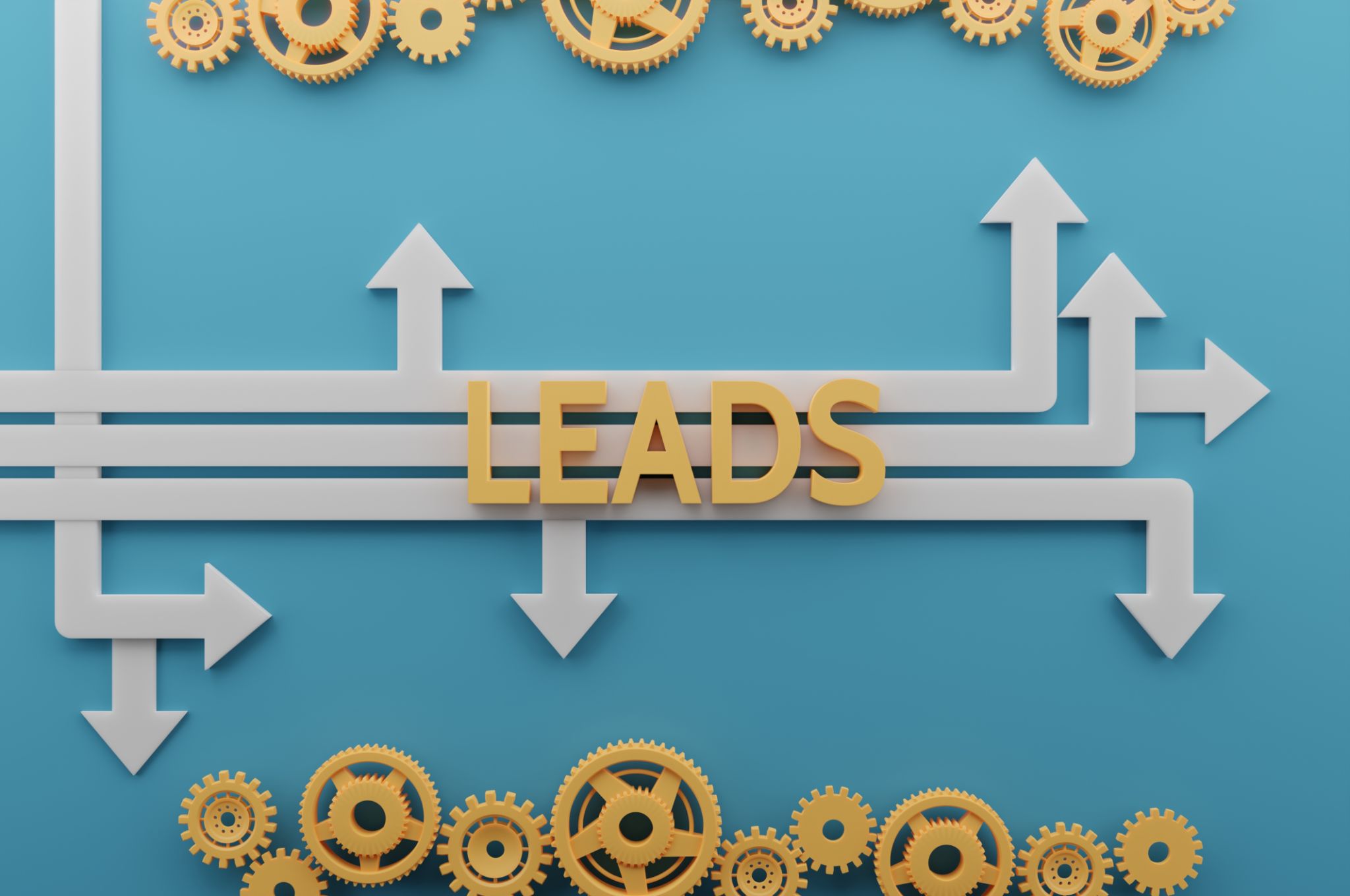Expert Tips for Optimizing Your Email Marketing Campaigns
Understanding Your Audience
One of the most crucial steps in optimizing your email marketing campaigns is understanding your audience. Knowing your subscribers' preferences, interests, and behaviors allows you to tailor your content to their needs. This can be achieved through surveys, analyzing past campaign performance, and leveraging analytics tools.
By segmenting your audience based on their demographics, purchase history, or engagement levels, you can send more targeted and relevant emails. This personalized approach not only improves open rates but also boosts overall engagement.

Crafting Compelling Subject Lines
Your subject line is the first impression you make on your recipients. It needs to be compelling enough to encourage them to open the email. Keep it concise, clear, and relevant to the content inside. Avoid using clickbait tactics, as they can damage your credibility.
Consider using personalization in your subject lines by including the recipient's name or referencing their previous interactions with your brand. A/B testing different subject lines can also provide insights into what resonates best with your audience.
Optimizing Email Content
Once your email is opened, the content needs to deliver on the promise of the subject line. Use a balance of text and visuals to keep your email engaging. Ensure that your message is clear and that there’s a strong call-to-action (CTA) encouraging further engagement.

Structure your content in a way that’s easy to read, using bullet points or numbered lists where appropriate. This makes it easier for recipients to digest information quickly and act on it.
Timing and Frequency
The timing of your emails can significantly impact their success. It's essential to consider when your audience is most likely to engage with your emails. Research suggests that mid-week, particularly Tuesdays and Thursdays, are optimal days for sending business emails.
However, it's important to test and determine what works best for your specific audience. Be mindful of frequency as well—too many emails can lead to unsubscribes, while infrequent emails may result in a loss of interest.
Ensuring Mobile Optimization
With a significant portion of emails being opened on mobile devices, ensuring that your emails are mobile-friendly is essential. Use responsive design techniques to make sure your content looks great on all screen sizes.
Test your emails on multiple devices and email clients to ensure compatibility. A seamless mobile experience can significantly enhance user engagement and conversion rates.

Monitoring and Analyzing Performance
To truly optimize your email marketing campaigns, continuous monitoring and analysis are necessary. Keep track of metrics like open rates, click-through rates, conversion rates, and unsubscribe rates to gain insights into what’s working and what’s not.
Use these insights to refine your strategy over time. Experiment with different elements such as design, copy, and CTAs, and use data-driven decisions to enhance your campaign effectiveness.
Leveraging Automation
Email marketing automation can greatly enhance the efficiency and effectiveness of your campaigns. Automating tasks such as welcome emails, follow-ups, or cart abandonment reminders helps maintain consistent communication with minimal effort.

Use automation tools to create personalized journeys for each subscriber based on their interactions with your brand. This ensures timely and relevant communication that nurtures leads and drives conversions.
Conclusion: Continuous Improvement
Email marketing is a dynamic field that requires constant attention and adaptation. By implementing these expert tips, you can optimize your campaigns for better performance. Remember that the key is continuous improvement—test new ideas, learn from the results, and always strive to provide value to your subscribers.